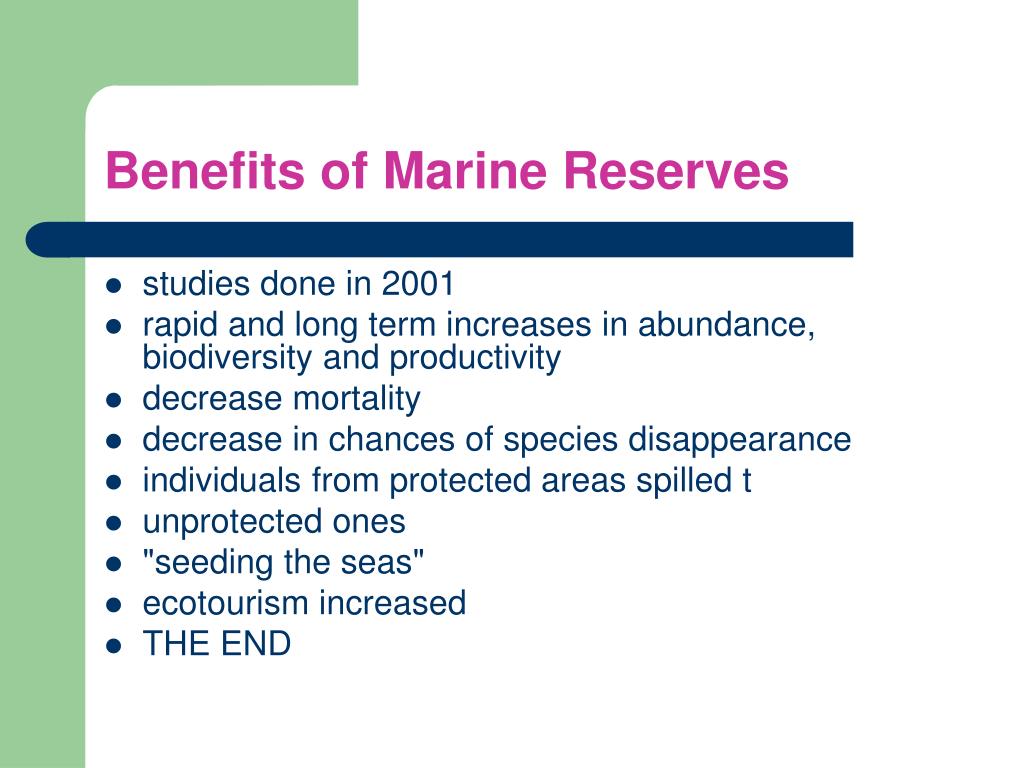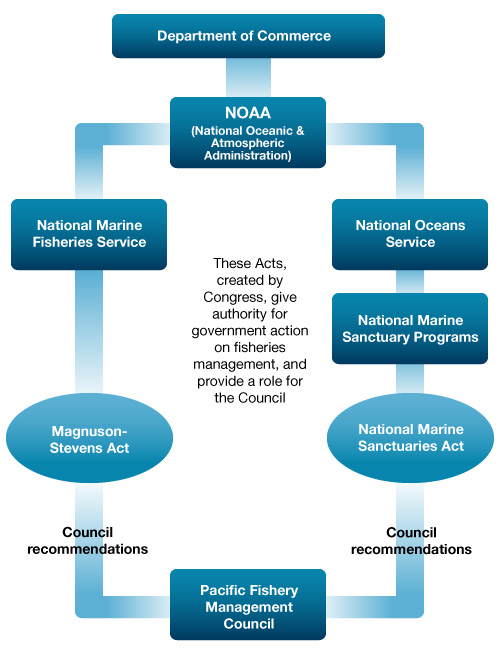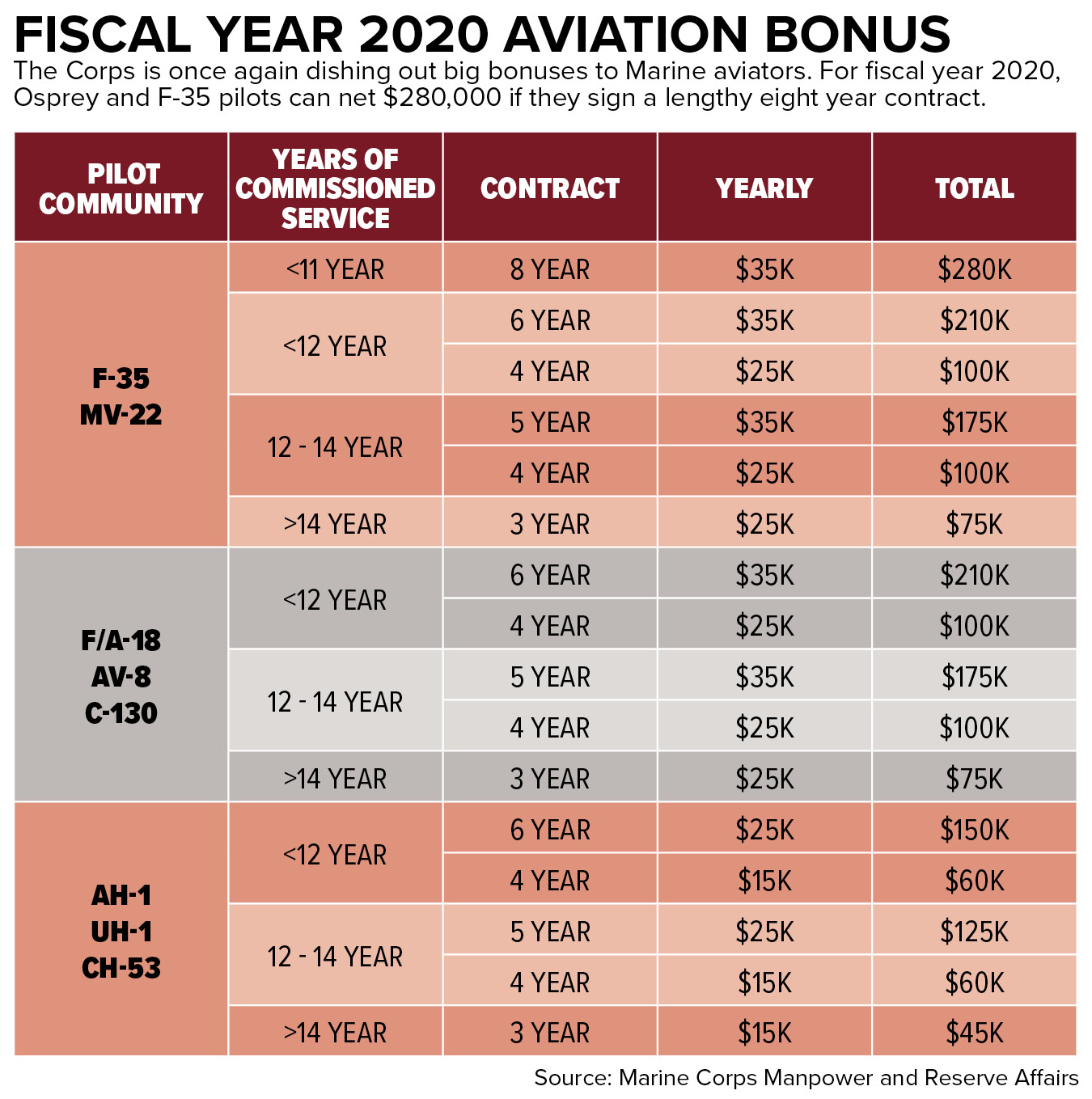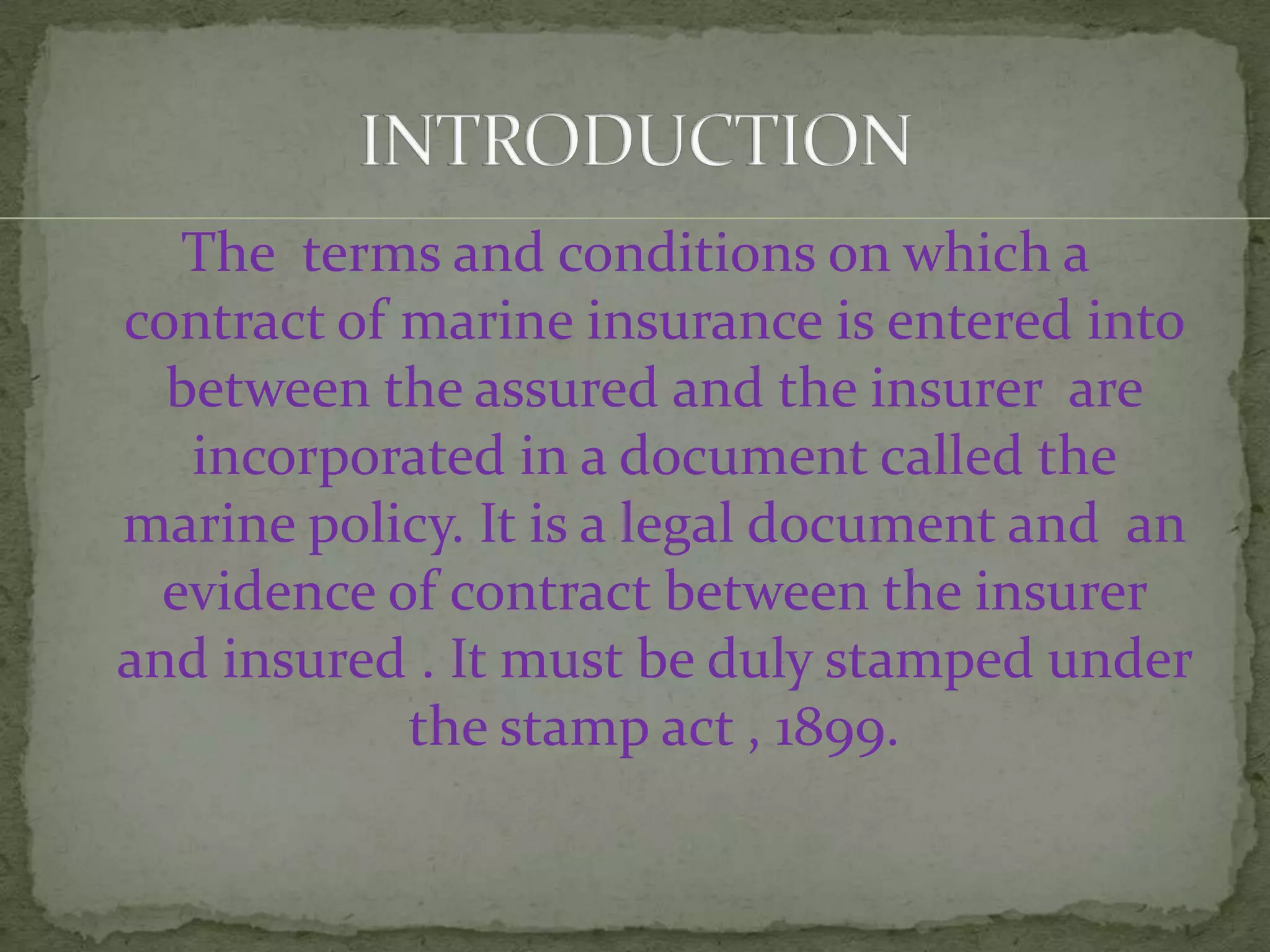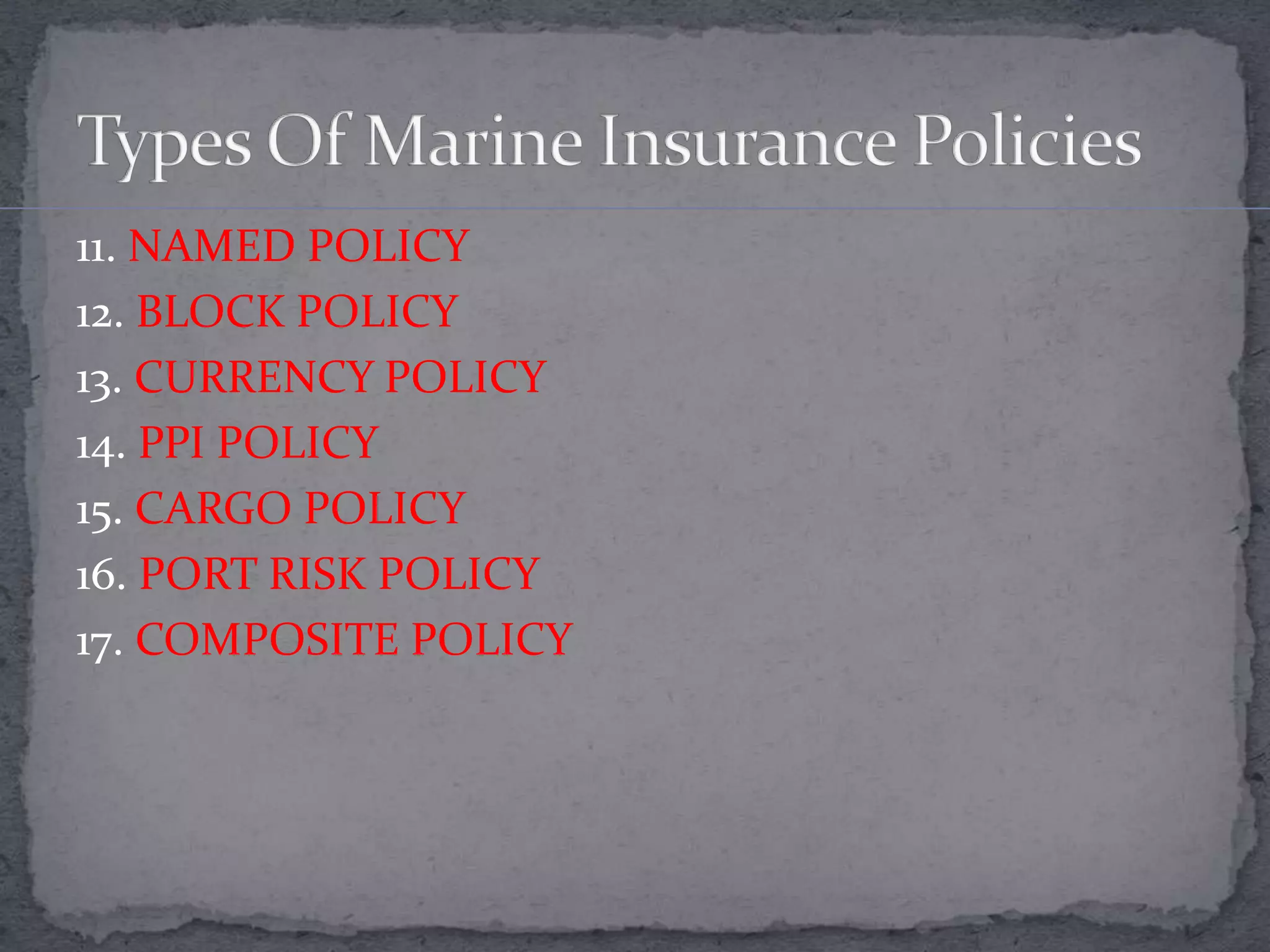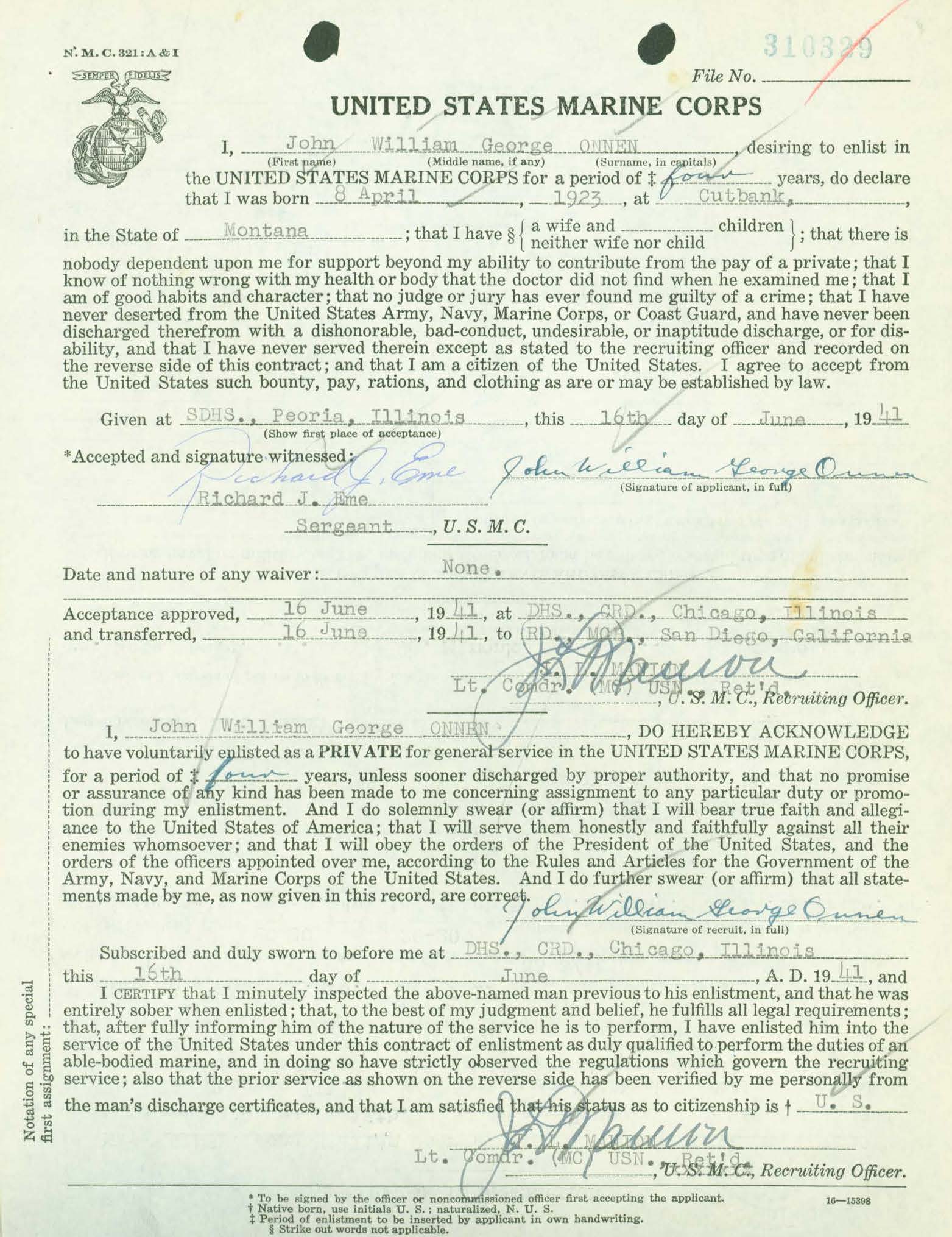How Long Are Marine Reserve Contracts
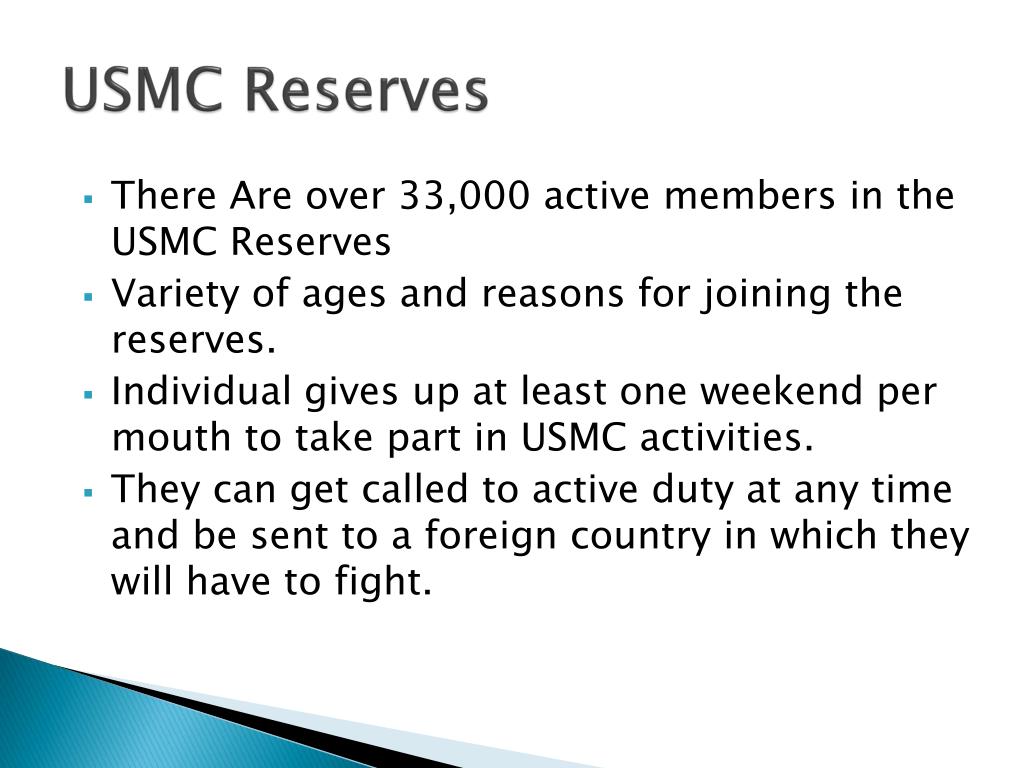
The shimmering surface of our oceans belies a complex web of conservation efforts. Marine reserves, hailed as critical tools for protecting biodiversity and rebuilding fish stocks, are increasingly relied upon globally.
However, the effectiveness of these protected areas hinges on a crucial, often overlooked detail: the duration of their establishment. The question of how long marine reserve contracts should last is sparking debate among scientists, policymakers, and local communities, with profound implications for ocean health.
This article delves into the varying lengths of marine reserve contracts worldwide. We will explore the scientific rationale behind different durations, and the socio-economic considerations that shape these decisions.
The Nut Graf: A Spectrum of Durations
Marine reserve contract lengths vary considerably. Some reserves are established in perpetuity, offering long-term protection; others are designated for fixed terms, ranging from a few years to several decades.
The ideal duration is not a one-size-fits-all solution. It depends on the specific conservation goals, the ecological characteristics of the area, and the social and economic context.
Scientific Perspectives: Time for Recovery and Resilience
Scientists emphasize that longer-term marine reserves generally yield better ecological outcomes. A study published in Marine Policy, for example, highlights the importance of allowing sufficient time for fish populations to recover and ecosystems to rebuild complexity.
Dr. Jane Lubchenco, former administrator of the National Oceanic and Atmospheric Administration (NOAA), has consistently advocated for durable marine protections. She has stated that only through long-term commitment can we truly see the benefits of marine reserves manifest.
This is because degraded ecosystems often require many years to return to a healthy state. Longer contracts provide more certainty for marine life, and also build resilience to climate change and other environmental stressors.
Socio-Economic Considerations: Balancing Conservation and Livelihoods
While long-term reserves are often ecologically preferable, shorter-term contracts may be necessary to address socio-economic concerns. Coastal communities often depend on fishing for their livelihoods, and restrictions imposed by marine reserves can have significant economic impacts.
Some policymakers favor shorter, renewable contracts to allow for periodic reviews and adjustments based on community feedback. This adaptive management approach aims to balance conservation goals with the needs of local stakeholders.
However, short-term contracts can create uncertainty and disincentivize long-term investment in sustainable practices. Furthermore, frequent renegotiations can be costly and time-consuming, potentially diverting resources from other conservation efforts.
Case Studies: Diverse Approaches Around the Globe
The Great Barrier Reef Marine Park in Australia, one of the world's largest marine protected areas, exemplifies a long-term commitment to conservation. While specific zoning regulations may be adjusted over time, the park's overarching legal framework provides a durable foundation for protection.
In contrast, some community-managed marine reserves in the Pacific Islands operate on shorter, renewable contracts. These contracts often reflect traditional resource management practices and are subject to periodic review by local communities.
The Channel Islands National Marine Sanctuary in California provides another model. It relies on a combination of permanent protections and specific regulations that are reviewed and updated as needed.
The Role of Enforcement and Compliance
Regardless of the contract length, effective enforcement and compliance are crucial for the success of marine reserves. Without adequate monitoring and enforcement, even long-term reserves can be undermined by illegal fishing or other destructive activities.
The use of technology, such as satellite monitoring and drone surveillance, is becoming increasingly important for enforcing marine reserve regulations. Community involvement in monitoring and enforcement can also enhance compliance.
Looking Ahead: Towards Adaptive and Durable Solutions
The future of marine reserve contracts likely lies in a combination of long-term commitments and adaptive management strategies. This means establishing durable legal frameworks for marine protection. These must also allow for flexibility in response to changing environmental conditions and socio-economic needs.
Greater collaboration between scientists, policymakers, and local communities is essential for designing effective and equitable marine reserve contracts. By working together, we can ensure that these vital conservation tools contribute to a healthy and sustainable ocean for generations to come.
Increased research is also needed to better understand the long-term ecological and socio-economic impacts of different marine reserve contract lengths. Investing in science will inform the design and implementation of more effective conservation strategies.
